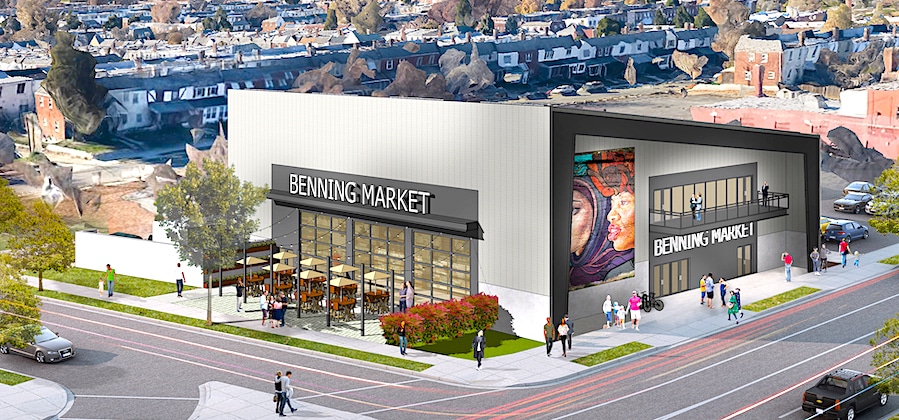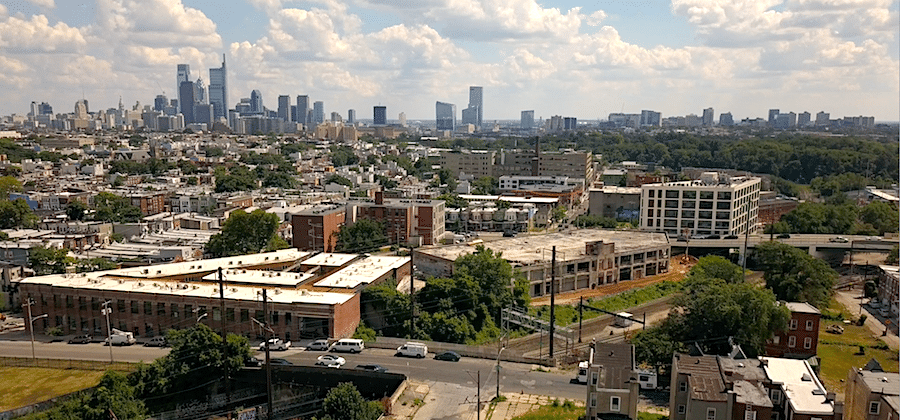
How can real estate developers and investors make substantial positive change in the places in which they build? It’s a vexing question that luckily has numerous answers. You just need to know where to look.
Be direct and honest
Let’s face it, you’re not going to be able to please all the people all the time. As an individual investor or developer, your project’s scope and scale is going to be limited, and while you can make an impact, there are limits to that ability. Your best path forward is to be accessible, transparent, and to listen to community concerns. Avoid falling into the trap of being too vague or using wishy-washy language. If you are unable to address people’s concerns, tell them, and tell them why. Be accessible, be transparent, listen to them, and give honest responses. You won’t be able to take everyone’s suggestions into account, but you can listen and sometimes that alone can bring value to a neighborhood.
Survey the locals
The primary factor in making a positive change is ensuring that the project meets the needs of the community it is located in. To do that, it is vital to get out and talk to people in the area and try to understand what they want. Some communities are in dire need of affordable housing. Other communities may need retail stores. Grocery stores, in particular, are needed in many communities. Urban areas throughout the United States exist in what are called “food deserts” where the only access to food is via unhealthy options like fast food, convenience stores, etc. When you know what that community needs, you can adjust your investment to be as impactful as possible.
Consider alternative funding sources
Traditional banks and lenders will, for the most part, only finance conventional forms of development: suburban tract houses, sprawling commercial districts, office parks with little connection to their surroundings. The democratization of real estate capital finance is upending their domination of the property and development markets. Options like real estate crowdfunding, hard money lenders, and Opportunity Zone funds are all excellent sources of financing for non-traditional, non-greenfield projects.
_
The definition of “impactful” is different for everyone. But the opinions of future residents and current stakeholders should be a primary concern when gauging what will work best for a development in a community.
Finding financing, working with local authorities, and getting the community on board are all necessary steps to building for the maximum impact. With the right approach, and the right team, you’ll be right on target.
Rendering of Benning Market courtesy of Neighborhood Development Company.



